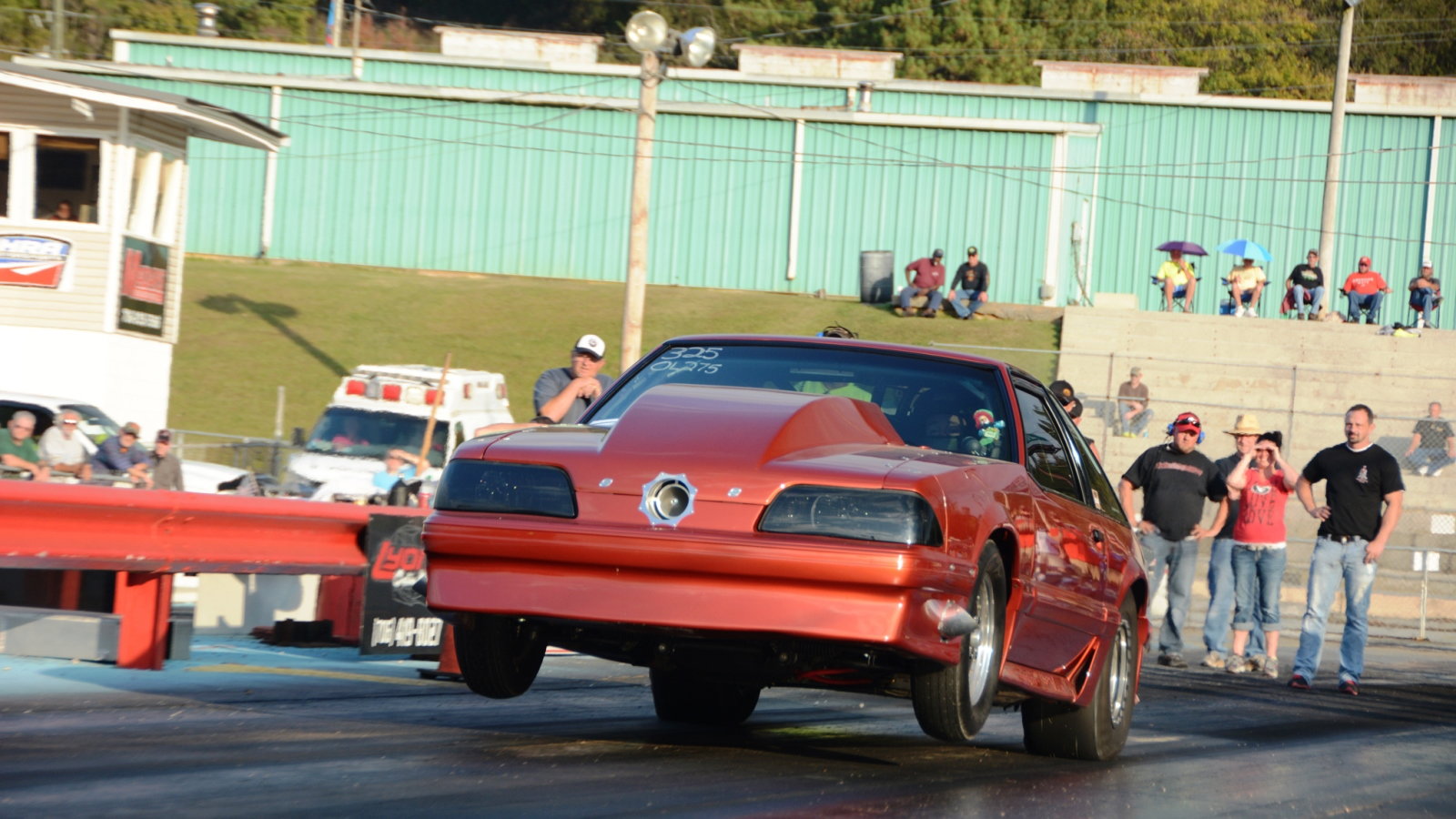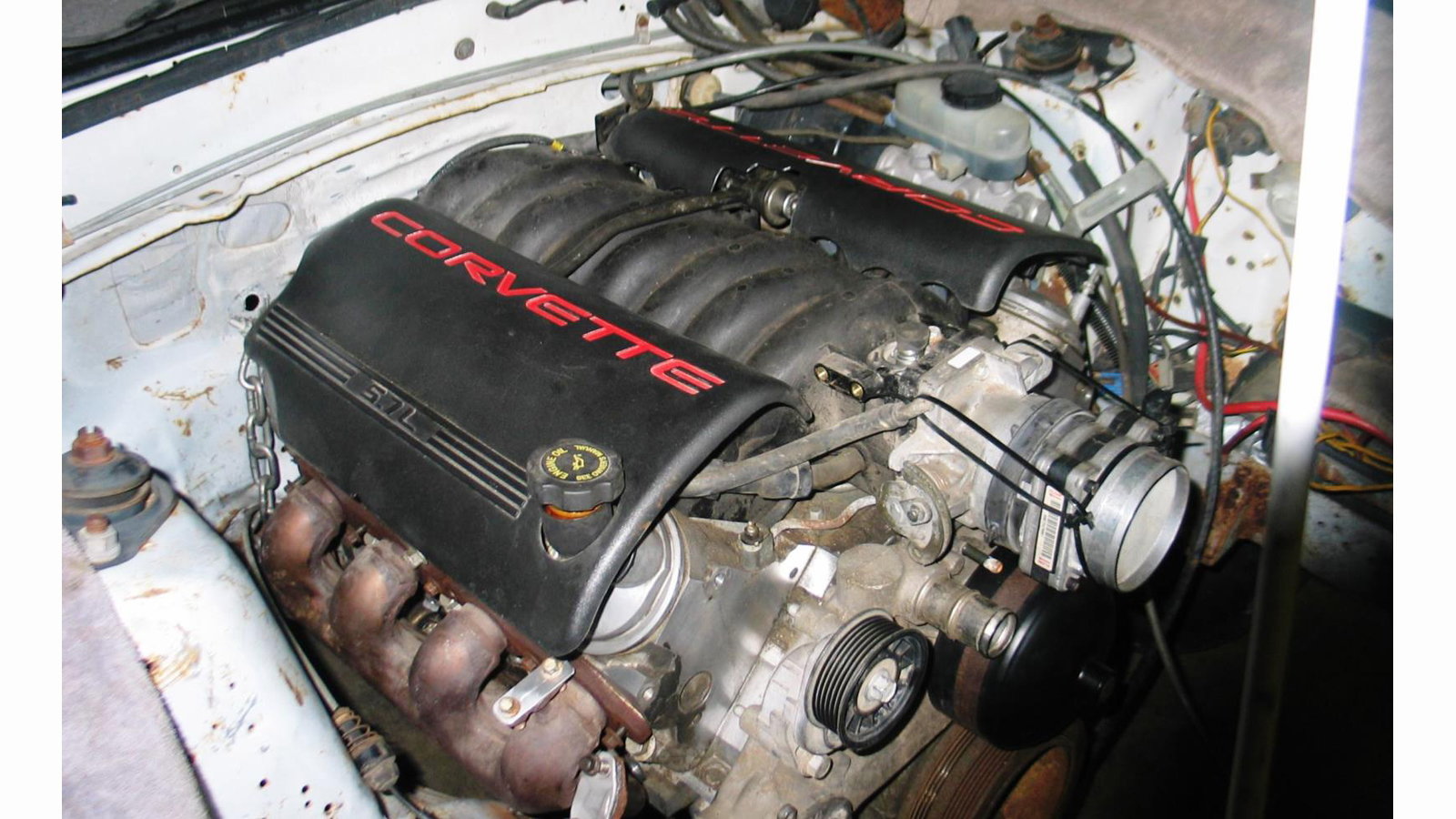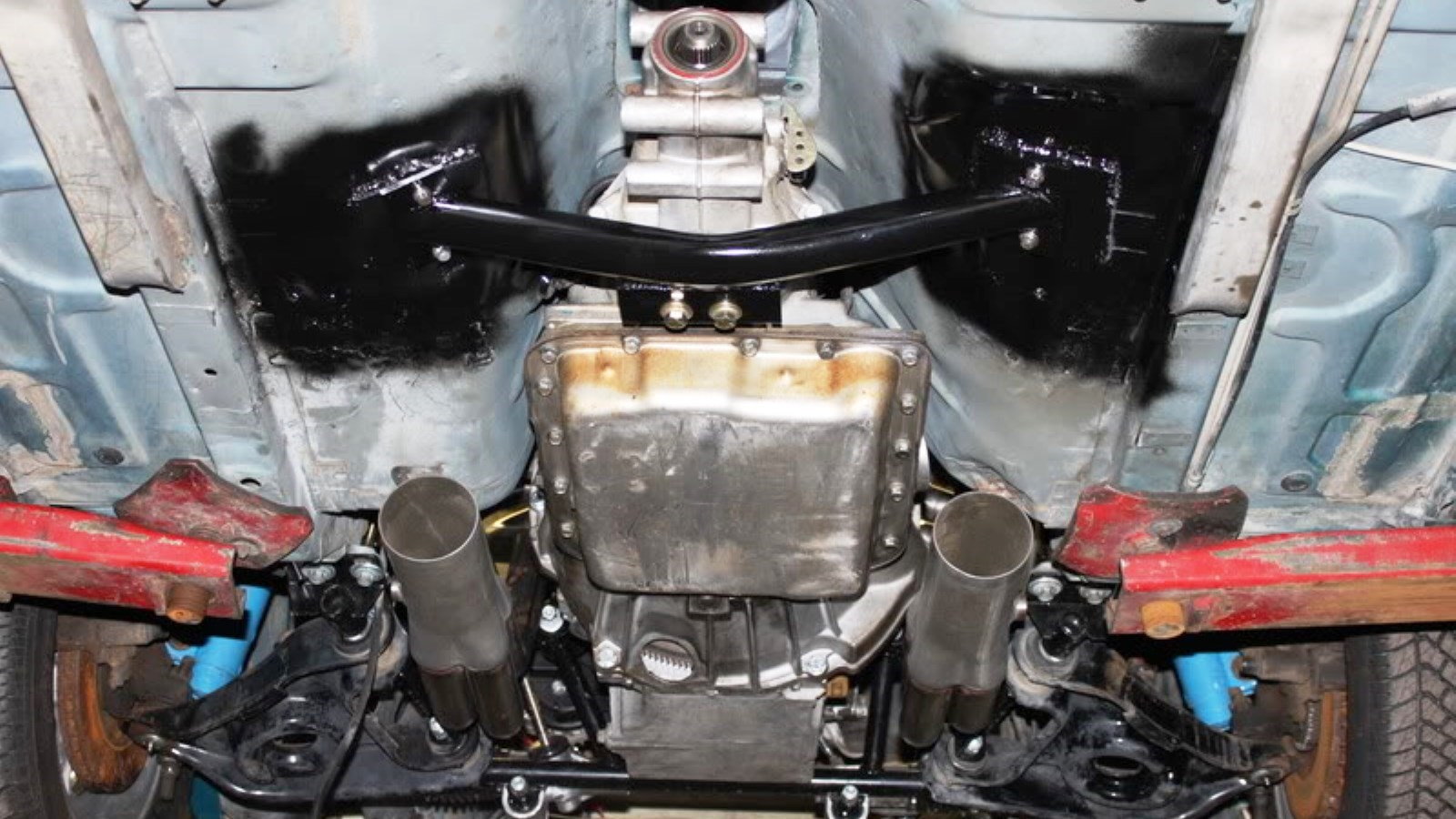What to Know about LS Swapping a Fox Mustang (Photos)
Some people may think it is sacrilege, but more and more people are putting Chevy power into their 1979-94 Ford Fox body Mustangs. How? Why? Let's find out.














1. Big Power, Small Money, Light Weight
The Mustang pictured above is powered by an aluminum LS3 motor, with just 5.3 liters of displacement and a big turbo, and runs the 1/8th mile in 4.8 seconds at over 150mph (details are here). That is with a rebuilt and reworked junkyard motor, with the factory block, heads, crank, rods, and more, plus lots of boost. The LS motor is much smaller than a Ford Mod motor, and lighter than the mod motor or the old style 5.0. If you aren't a purest, swapping a GM LS based motor into a Fox Mustang makes for a super drag car, drift car, or even road course toy.
Lat Model Restorations have been working on an LS powered Fox Project, and you can see the whole thing here.
2. Which LS Motor?
Every LS motor makes good power, and they all weigh less than a Ford 302 or mod motor, even the cast iron truck versions. For the sake of making things easy, though, you want to look for a Chevy Camaro or Pontiac Firebird/Trans Am. These cars make the swap much easier because they already have a rear sump oil pan, which you will need to fit the Mustang, no matter which motor you use. The factory exhaust headers aren't a bad fit either and flow plenty. Many F-bodies came with stick shift transmissions too, if you want one of those in your Stang.
3. Tubular K-Member for LS motor
Sure, you could do things the old school way and just fabricate it all yourself, but there is an easier way. Various companies sell tubular K-members for the Fox body and offer LS motor mounts as part of the package. Use the stock Ford K-member and you'll need to do some cutting and reinforcing to make it fit. However, the 4.6-liter mod motor mounts can be adapted to the LS motor from the F-body or Corvette, but you are still on your own making the oil pan fit. There is a whole thread about it on LS1Tech.
4. Headers/Exhaust Manifolds
As mentioned, the stock cast iron manifolds from the F-body cars should work just fine, and they are cheap and durable. Dedicated long tub swap headers are out there as well, if you want maximum power. For something in between, there are cast iron shorty headers, like these from Hooker, as well as numerous tubular styles. Many for the F-body will also work on the Mustang, but best to do your research and ask in the forums.
5. Ignition
If you want to confuse people, set your LS motor up like the one in this picture, with a NASCAR front distributor drive and single plane manifold. You can even go old school this way with a standalone ignition and carburetor. Otherwise, you can make plenty of power with stock GM parts, crank sensor, coil packs, and computer, direct from GM. No one has yet figured out a way to make the primitive Ford computer talk to the LS motor, though.
6. Intake
There is no need to mess with the intake on the stock LS motor, but pretty much anything that will fit an F-body will work in the Mustang. The Fox Mustang actually has more room above the motor, and below the hood, than the Camaro did. The custom setup on this car isn't going to see much cool air, but add a slot in the hood, or custom airbox and you are doing great.
7. Transmission
You are going to want to use the GM transmission in your newly LS powered Mustang. It may be possible to adapt the LS motor to a C4 transmission, but the T5 manual is probably too weak for this motor. Using an AOD would mean not only having an adapter but getting the GM computer to talk to the Ford Tranny. Camaros and Firebirds came with stout T56 6-speed manuals, or 4L60 automatics, both good for 500hp easily. You will need a custom driveshaft.
For reference and help with your service and maintenance, check out the how-to sections at our sister site MustangForums.com
